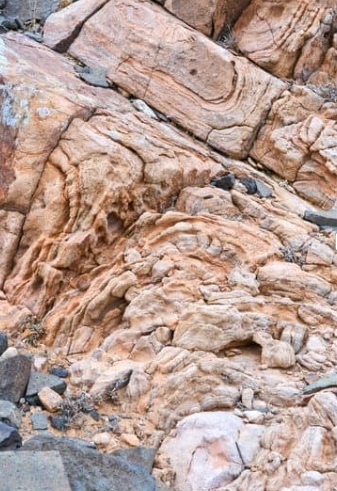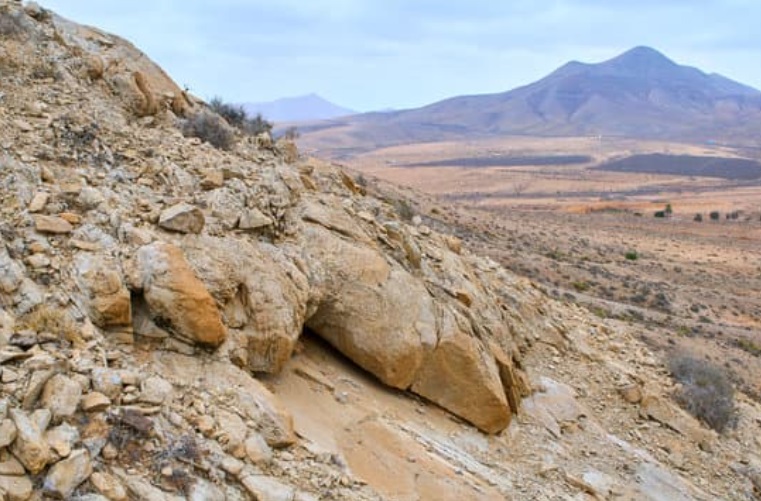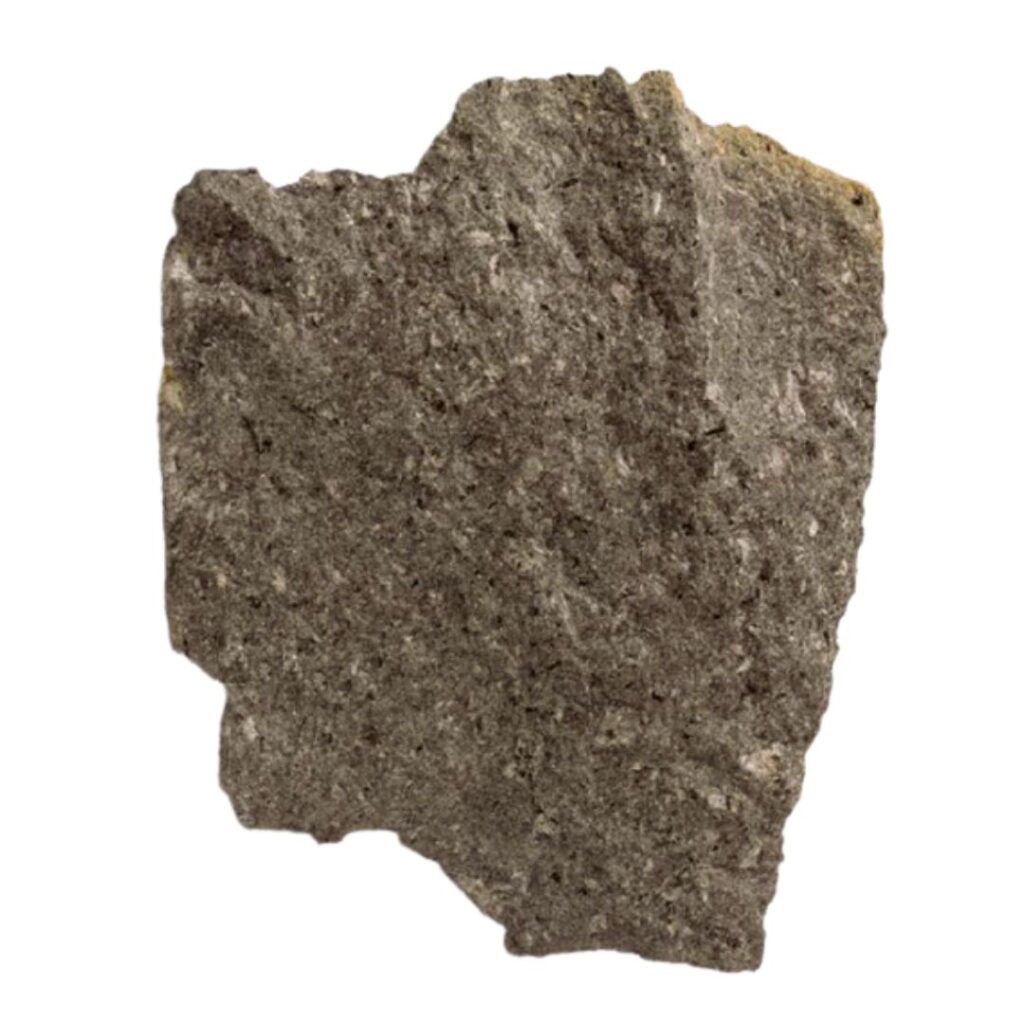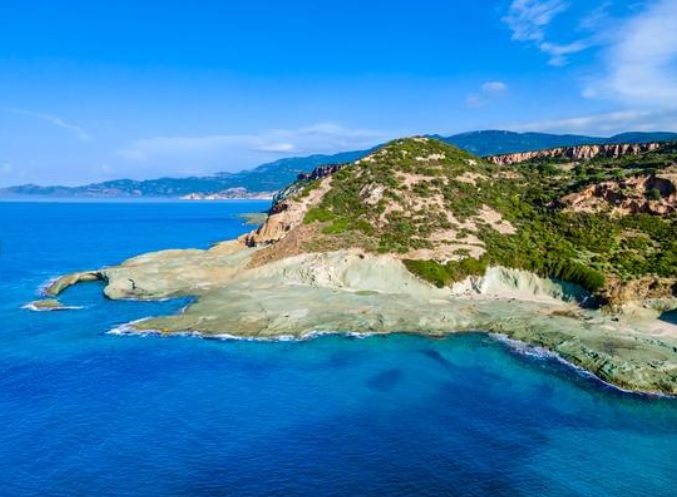Trachyte

Geology enthusiasts and professionals alike are often fascinated by the diverse range of rocks and minerals that make up our planet’s crust. One such intriguing geological specimen is Trachyte, a volcanic rock with unique characteristics and widespread applications. In this in-depth guide, we will explore the various aspects of Trachyte, from its composition and texture to its origin, classification, and practical uses. By the end of this article, you’ll have a comprehensive understanding of this remarkable rock.

What is Trachyte?
Trachyte is a volcanic rock that stands out for its distinctive composition. It contains a total silica content ranging from 55 to 60 percent, making it an intermediate rock in terms of silica levels. This characteristic silica content places it between the more silica-rich rocks like granite and the less silica-rich ones like basalt.

Texture of Trachyte
One of the key features of Trachyte is its fine-grained texture, typically characterized as porphyritic. This means that the rock consists of a fine-grained matrix with larger crystals dispersed throughout. In the case of Trachyte, these larger crystals are primarily composed of feldspar. These feldspar microcrystals often exhibit a fascinating flow structure, which is a testament to the rock’s volcanic origins.
Origin of Trachyte
Trachyte forms primarily through volcanic processes, particularly in volcanic environments associated with alkaline magmatism. This type of magmatism involves the presence of alkali elements like potassium and sodium, which are abundant in Trachyte. The magma from which Trachyte crystallizes typically originates from the Earth’s mantle, rising to the surface and cooling to form this unique rock.

Group and Crystal Classification
Group Classification
Trachyte belongs to the larger group of rocks known as igneous rocks, which are formed from the solidification of molten material, or magma. Specifically, it falls under the category of extrusive igneous rocks since it forms on the Earth’s surface as a result of volcanic eruptions.
Crystal Classification
The crystals found in Trachyte are primarily composed of alkali feldspar, which is rich in potassium and sodium. Additionally, Trachyte may contain either nepheline or small amounts of quartz, typically less than 10 percent. The presence of these minerals contributes to the rock’s unique composition and properties.
Color of Trachyte
Trachyte is generally known for its light coloration. The dominant presence of feldspar, which is often pale in color, contributes to this characteristic. However, it’s worth noting that Trachyte can exhibit variations in color, ranging from light gray to pale pink or beige, depending on the specific mineral composition and impurities present in the rock.

Practical Applications of Trachyte
Trachyte’s unique properties make it a valuable material with several practical applications in various fields. Here are some of its primary uses:
- Construction Material: Trachyte’s durability and resistance to weathering make it an excellent choice for construction purposes. It is commonly used in the construction of buildings, monuments, and even sculptures.
- Paving Stones: The fine-grained texture and attractive coloration of Trachyte make it an ideal choice for paving stones and tiles. It adds a touch of elegance to walkways, patios, and public spaces.
- Decorative Artifacts: Trachyte’s aesthetic appeal, coupled with its workability, makes it a preferred material for crafting decorative artifacts and sculptures.
- Geological Research: Geologists often study Trachyte to gain insights into volcanic processes, magma chemistry, and the Earth’s geological history.
- Volcanology: Trachyte is of particular interest to volcanologists as it provides valuable information about the types of eruptions and volcanic activity in different regions.

Worldwide Production of Trachyte
As of the most recent available data, Trachyte is produced in various regions around the world. While it may not be as abundant as some other types of rocks, its unique properties and applications ensure a steady demand. The exact production figures may vary from year to year, but Trachyte remains a valuable resource in the construction and geological research industries.
In conclusion, Trachyte is a remarkable volcanic rock with a distinctive composition, fine-grained texture, and a range of practical applications. Whether it’s used as a building material, a decorative element, or a subject of geological research, Trachyte continues to captivate those with an interest in the Earth’s geological wonders. Its widespread use and geological significance ensure that Trachyte will remain an intriguing topic in the field of geology for years to come.
